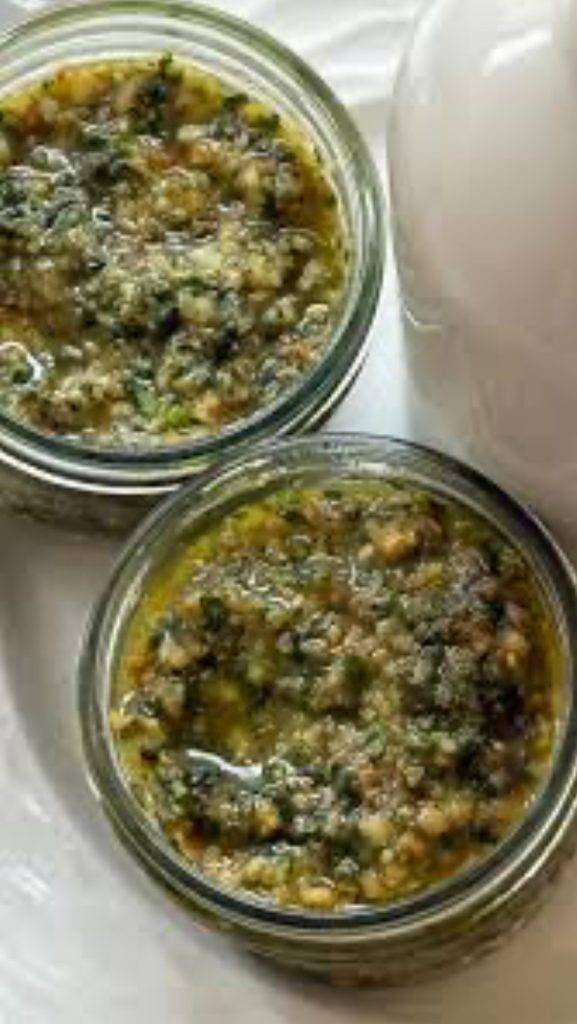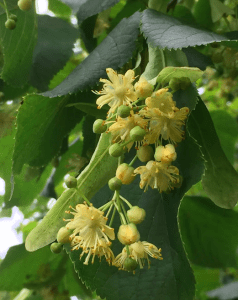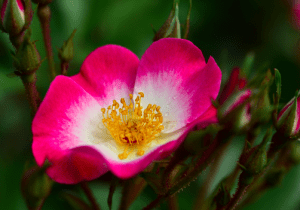This very common grassland plant can be found growing all over the British Isles.
Named after Achilles the Greek warrior, (who, apparently, discovered Yarrow’s power to staunch bleeding), it has been used for thousands of years as both food and medicine.
The leaves grow in a dense mat with lots of tiny strands that feather out from the stems, so that they resemble a fern. The second part of the botanical name actually means thousand leaves mille folium.
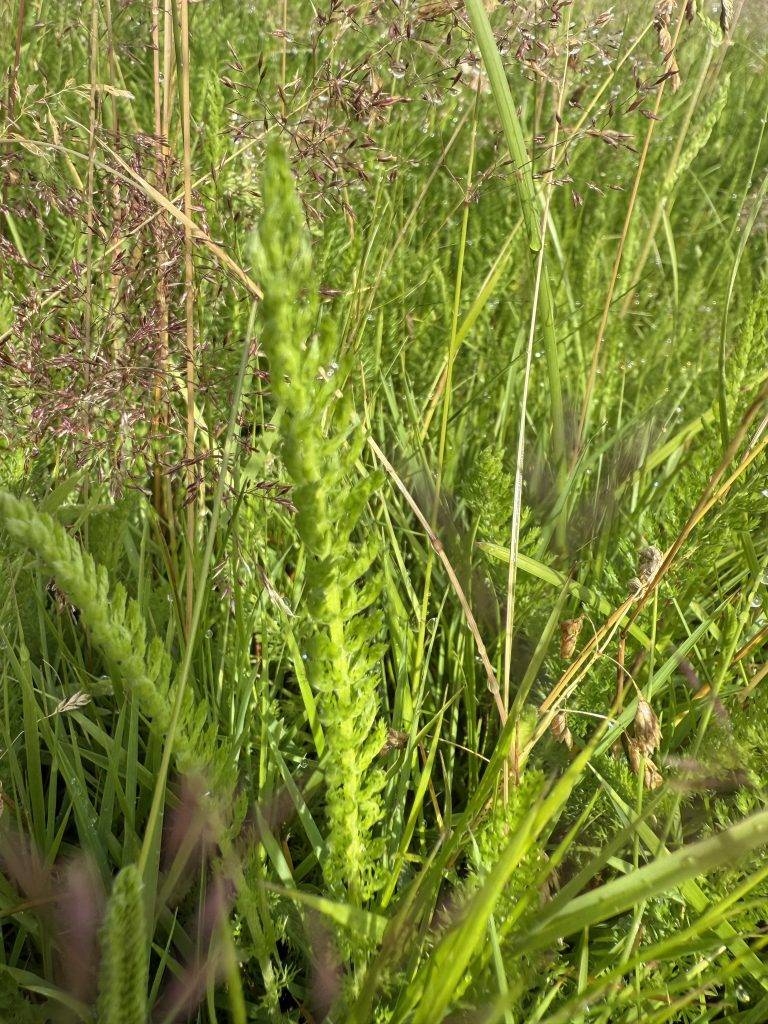
The flowering stems form a dense protective umbrella, made up of small creamy white flowers that are aromatic, with both bitter and sweet flavours, strongly herbaceous.
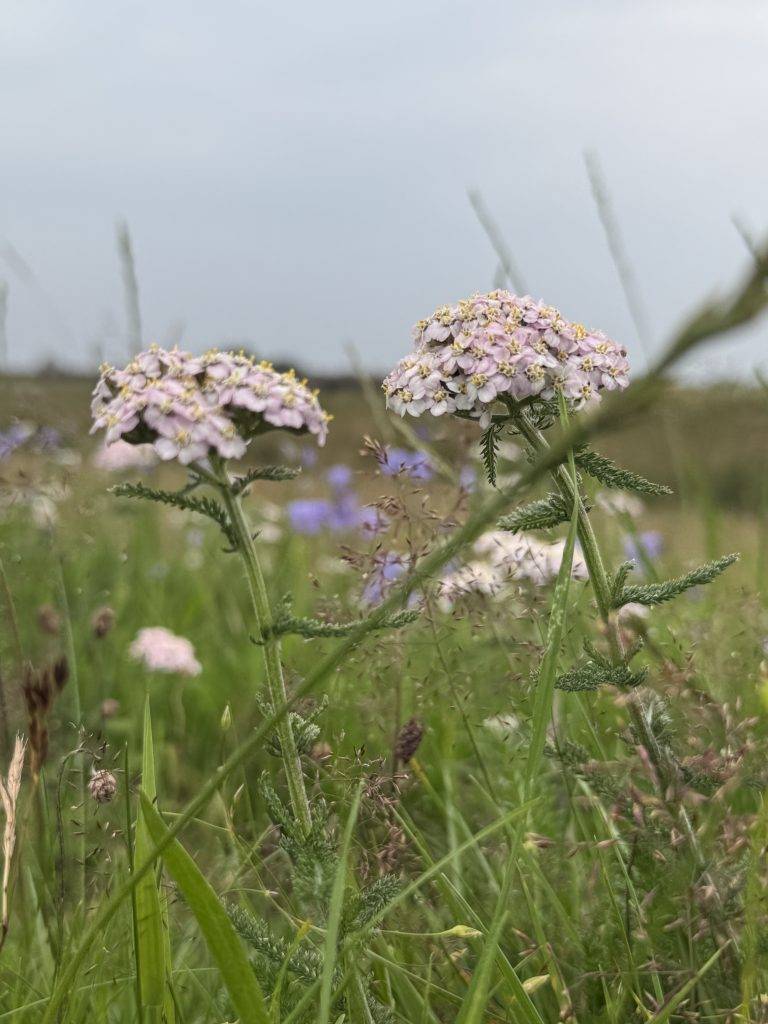
You’ll also see cultivated varieties in gardens and parks, in various colours including yellows, blues, pinks and orangey red with bright yellow centres! In the interests of full disclosure, I have only worked with our native Yarrow which is white and the pale pink variety so cannot comment here as to the edible and medicinal qualities of the more showy types out there.
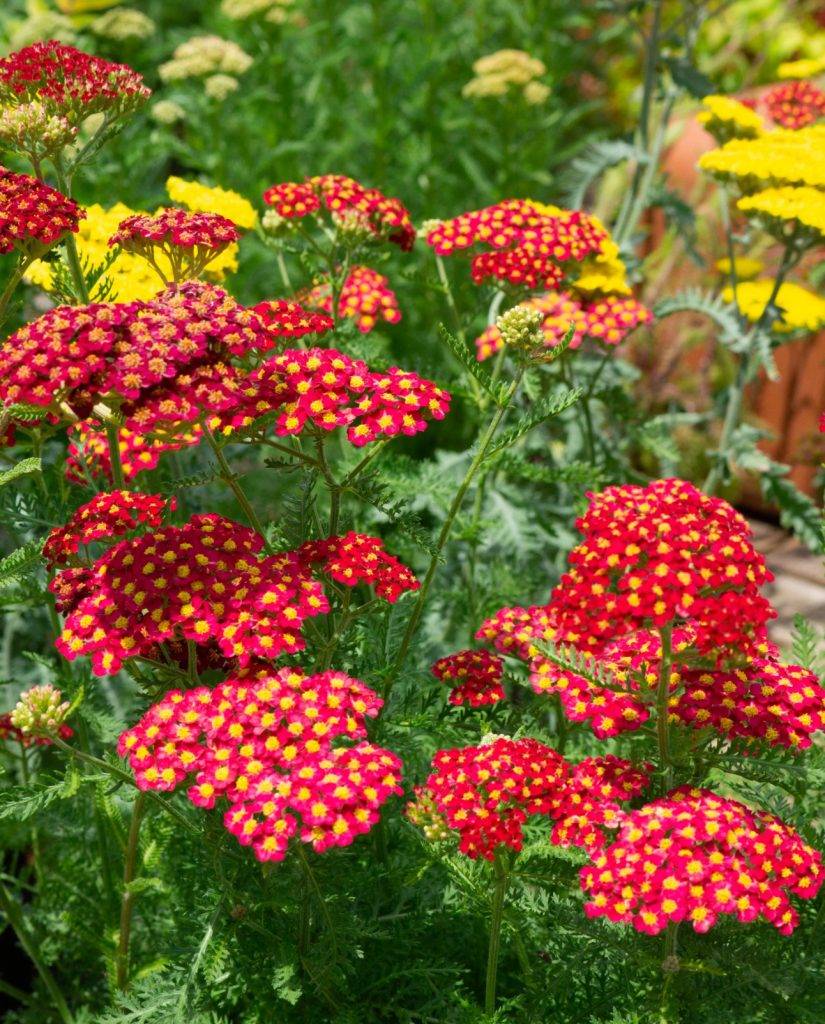
As a medicine, Yarrow is a powerful ally, acting specifically on the blood and circulatory system. It has a gentle action and can be used daily as a tonic to strengthen the circulatory system, making the blood vessels strong and flexible.
It’s diaphoretic action means it can open up capillaries and allow better blood flow to the tiny veins furthest from the heart, which in turn creates a larger network of strong vessels spread throughout the body. This may help to lower blood pressure.
Yarrow has a normalising dual effect on the circulatory system. It encourages blood flow where it is needed and also stops excessive bleeding. This is particularly useful for conditions that affect the reproductive system. Yarrow can help regulate menstrual flow by breaking down clots and encouraging the movement of blood. A daily Yarrow infusion can help with both heavy and light periods. It also helps with period pain because if the uterine lining is shedding easily, the body won’t cramp so much.
Yarrow is traditionally taken as part of a herbal cold and flu tea as it opens up the capillaries closest to the skin, allowing heat to escape and lowering body temperature. My Grandmother used to combine Yarrow with Peppermint and Elderflower for a soothing cold and flu tea whenever we were struck down by the lurgy.
This diaphoretic action is also useful for treating hot flushes during perimenopause and menopause.
Yarrow is also known as the Carpenters herb for its ability to stop bleeding and heal wounds. A couple of fresh leaves can be crushed or chewed and applied directly to cuts and in the past it was dried and ground to a powder to apply directly to wounds. An infusion of Yarrow in oil is excellent to have as part of your herbal first aid kit for any sort of wound healing. Yarrow is also known as “Nose Bleed” in some parts as the crushed leaves can be rolled up to make a plug for the nostril (careful not to push it in too far though).
Yarrow contains a powerful anti inflammatory volatile oil called azulene, which produces a beautiful vivid blue essential oil. This can be added to creams and lotions to help reduce scarring.
Yarrows bitter aromatic flavour helps with digestion, encouraging digestive juices to flow and helping the body with digestion.
That bitter anti inflammatory action can also be useful to help with inflammatory gut conditions too.
Caution: not to be ingested whilst pregnant or breastfeeding.
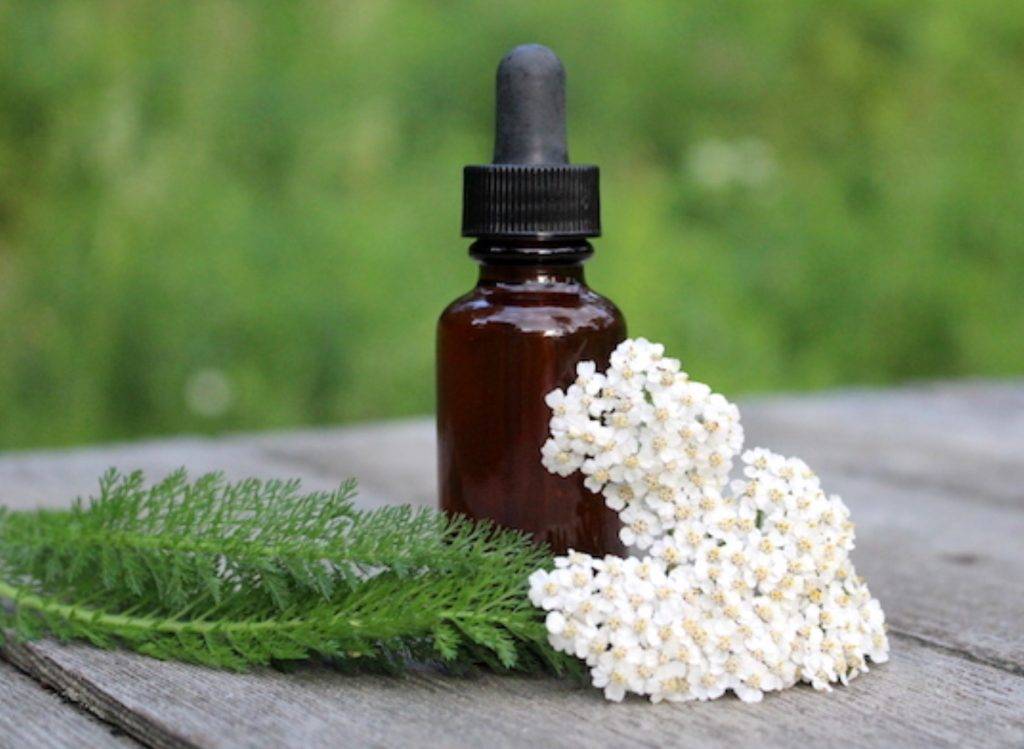
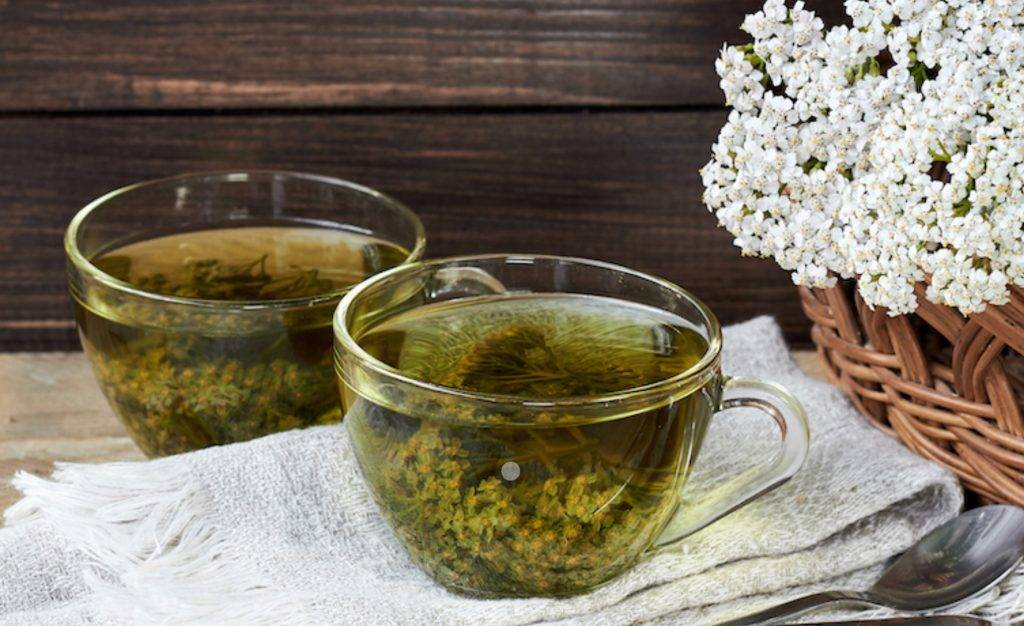
There is a lot of folklore surrounding Yarrow and it has been used for ritual and magic for as long as it has been used medicinally.
In astrology Yarrow is ruled by Venus, the planet of love and was a popular ingredient in love spells and charms.
It was hung in bunches at doors and windows to ward off evil and worn as a talisman for this purpose too. Yarrow is associated with courage, healing and balance. This is hardly surprising considering Yarrow’s medicinal qualities.
In China Yarrow stems are used for divination when they are manipulated to create a hexagram which is then interpreted using the Book of Changes (I Ching). This is an ancient form of cleromancy used to access divine guidance.
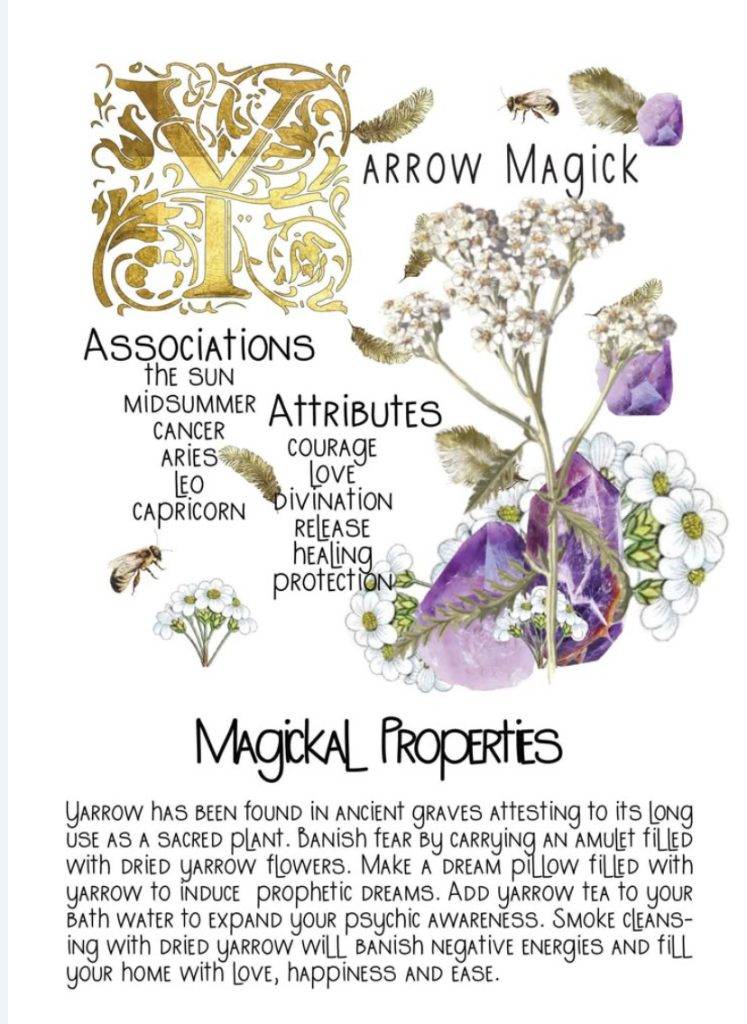
As food, Yarrow’s sweet, bitter herbaceous flavour makes it a versatile ingredient for both savoury and sweet dishes alike.
Yarrow is nutritionally valuable, containing vitamins A and C as well as minerals potassium, zinc, magnesium, calcium, phosphorous and niacin. It also provides flavonoids,
As with most herb greens, yarrow can be added to almost any dish as a vegetable or salad, or made into a soup or sauce. The leaves can boiled then tossed in butter for a tasty side dish and the flowering tops could be sprinkled as a condiment to savoury dishes or through salads.
I think my favourite use of Yarrow is infused into honey to produce a delicious herby aromatic result which can be used as a drizzle on pizza, in salad dressings, as an oxymel when combined with organic apple cider vinegar, or an elixir when added to brandy. It’s also fab in cocktails!

The following recipe is a simple salsa verde using Yarrow and anchovies. It’s super easy to throw together and will elevate a simple chicken breast or fish fillet into a truly special meal. It’s also delicious on potatoes, as a pizza topper, in salads and with a cold nut roast.
Ingredients
4 Anchovy fillets,
1 tbsp of capers finely chopped,
1 garlic clove finely chopped,
1/2 a lemon zest and juice only,
90ml of olive oil,
3 tbsp of Yarrow leaves finely chopped,
Salt and pepper
Make it vegetarian by omitting the Anchovies.
Method .
Place the anchovy fillets, capers and garlic into a pestle and mortar and pound until broken down, then transfer to a bowl. (Alternatively, place in a sturdy bowl or mug and bash using the end of a rolling pin.).
Add the lemon zest and juice.
Pour in the olive oil in a steady stream, whisking continuously to combine.
Stir in the finely chopped Yarrow and season to taste with the salt and pepper.
